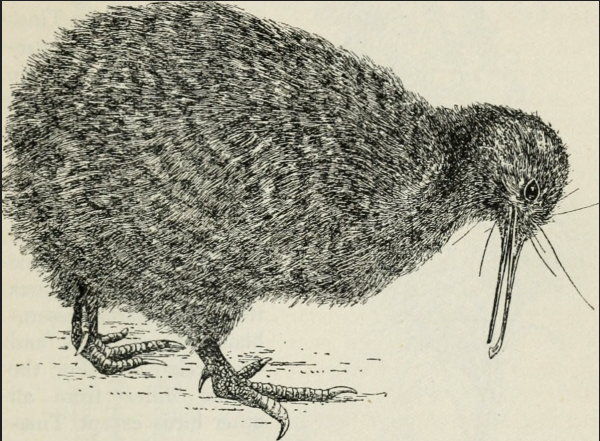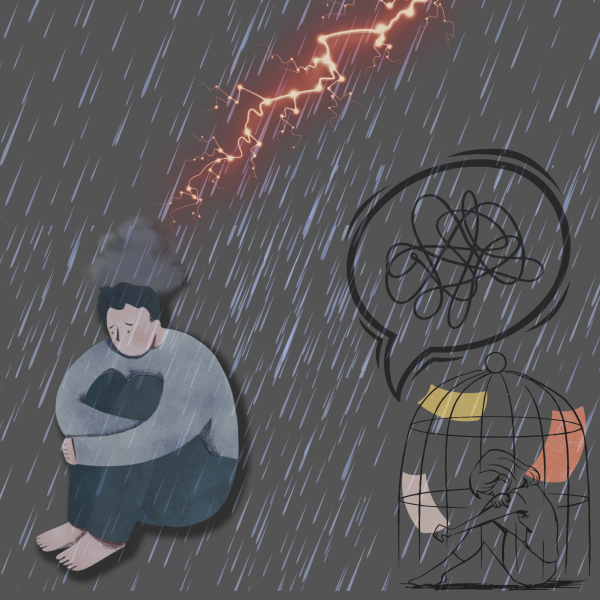The front pages from around the world
Features reporter Sasha Tuddenham read newspapers around the globe to bring the news home to New Jersey.

the Israeli newspaper, Haaretz, has a bar graph that tracks both cases in Israel while comparing the amount of cases and deaths from the coronavirus in nearly every country working to stop the spread.
It is found on very continent, every country, every corner of the world. The coronavirus has spread everywhere humanity has set foot.
Now identified as an international pandemic, newspapers from each and every city now report on their home country’s daily struggles to contain the virus and to protect their citizens.
The Sydney Morning Herald, based in Australia, has a constantly updated bar graph that tracks COVID-19 cases and deaths per day by territory. Similarly, the Israeli newspaper, Haaretz, has a bar graph that tracks both cases in Israel while comparing the amount of cases and deaths from the coronavirus in nearly every country working to stop the spread.
However, The Sydney Morning Herald is now not only reporting on their country’s outbreak, but beginning to worry of the devastation expected on the African continent, citing the United Nation’s estimation of over 300,000 fatalities. Australia has seemingly passed the worst of the expected outbreaks.
Echoing Australia, Italy, being the first country in Europe to have faced the mass destruction of COVID-19, is now at an infection rate of less than 1.9%. Therefore, one newspaper published within Italy, The Local, is an example for what frontpage news will soon resemble everywhere.
The Local reporters are looking at what comes after the coronavirus spread has diminished, now examining how to reopen the country safely and effectively. They now feature by far the most optimistic reporting about the coronavirus with one article titled “Venice is slowly coming back to life under local ‘soft lockdown’ rules.”
Nevertheless, The Local is still spreading stories about Brexit’s effect on Italy. It continues to feature Italian words of the day, how to make the best moka coffee, and even records reasons to move to Tuscany while still reporting on Italy’s debate on when to begin Phase 2 to further enter a post-coronavirus world.
The resiliency of humanity is on full display as countries, like Australia and Italy, turn their attention to other parts of the world still learning how to fight COVID-19.
Similarly, although facing nearly 13,000 coronavirus cases, the Haaretz is turning its focus on the Israeli government and finding unity within the country itself. Unlike in the United States where the upcoming presidential election has faded from the headlines, Israel is prioritizing the state of their government to prepare for life after the virus.
The newspaper has hour by hour updates on not only the coronavirus news, but also breaking stories from around the country. With the quarantine orders extending over the Jewish holiday, Passover, the newspaper researched traditions of the holiday and how Jews are feeling about not being able to observe the holiday with extended family.
Dublin, Ireland’s newspaper, The Irish Times, renews its coverage daily with an updated article on cases at the top of its newspage. The reporters created a specialized webpage specifically for coronavirus coverage.
As Dublin is finding itself in the thralls of the coronavirus spread, the headlines are more in a panicked state, reporting the devastation of the virus Italy and Australia faced weeks prior. Consequently, The Irish Times is focused on COVID-19 deaths in Ireland, specifically the hospitalization of a 17 year old.
Just like The Irish Times, the Rio de Janeiro, Brazil based newspaper, The Rio Times, is featuring news stories specifically about the virus’s impact on daily life and how researchers are trying to combat lasting effects. Due to Brazil’s governmental disunity, stories tend to have a political tone, especially since the Minister of Health, Luiz Mandetta, was asked to step down amid the COVID-19 crisis.
However, The Rio Times seems to be remaining optimistic as reporters write of the medicines being researched and how many of the youth who have fallen ill are recovering.
Despite the similar headlines from newspapers around the world, each newspaper has a distinctly unique appearance.
The frontpage of the Haaretz features a political cartoon about how Prime Minister Benjamin Netanyahu is prioritizing his personal hold on power over the wellbeing of his own people. The choice to feature the political cartoon draws the eyes of readers to promote the analysis of the prime minister.
Still, the Haaretz has a bright red breaking news section that flashes on the top of the webpage and posts engaging pictures to match each headline. The newspaper also features categories named after the political game changers from the United States like Trump and Biden while featuring the Israeli leaders like Natanyahu and Gantz.
Although seemingly not as political as the Haaretz, The Sydney Morning Herald focuses on politics while covering business, culture, and sports.
The webpage format is reminiscent of The New York Times and the Washington Post. Its front newspage features its motto, “Independent. Always” echoing the ethical claims of other world renowned newspapers.
The Sydney Morning Herald balances all its different sections by placing most-read opinion articles next to breaking news which is found next to top places to travel near Melbourne.
Similarly, The Irish Times resembles The Sydney Morning Herald in its format. Reporters write of Brexit, education, and even crime, yet the focus is entirely on COVID-19 with a newly designed webpage that focuses on breaking news about the virus. The webpage makes use of bolded font to draw attention to specific articles and engaging images.
Yet The Local appears much less rigid and sends a warmer vibe through its bright colors and large pictures. The newspage seems like the place to go for stories with a personal spin that will tug on one’s heartstrings.
Meanwhile, The Rio Times is more subtle in its newspaper with a “trending now” banner being the only bright color on the page other than the pictures. The articles and pictures are also in formatted lines with three images across the page.
Despite the originality in each one of the newspapers around the world, each and every one has something in common: In the face of a pandemic, they still care to remind readers of all they have to be grateful for.










